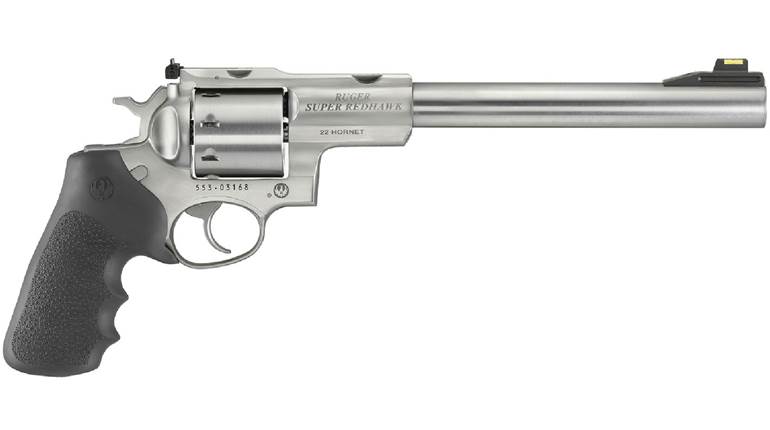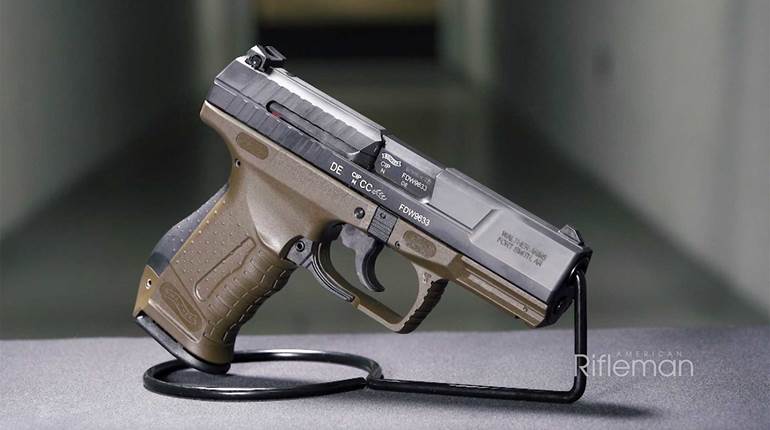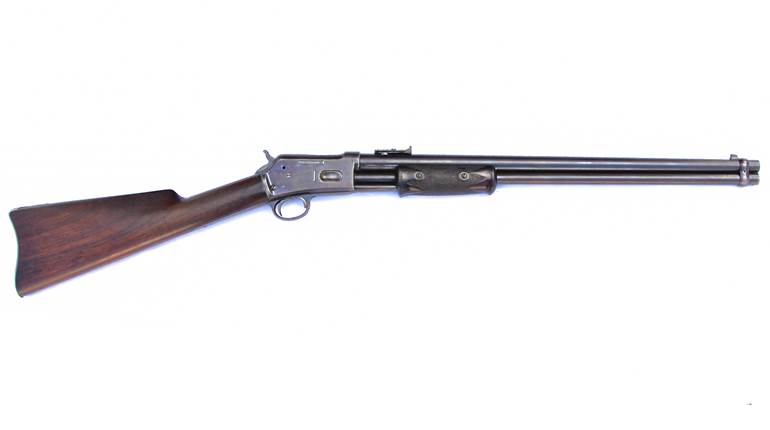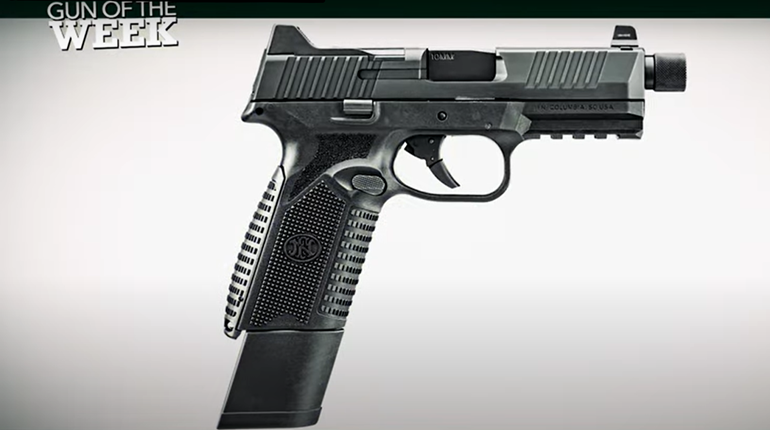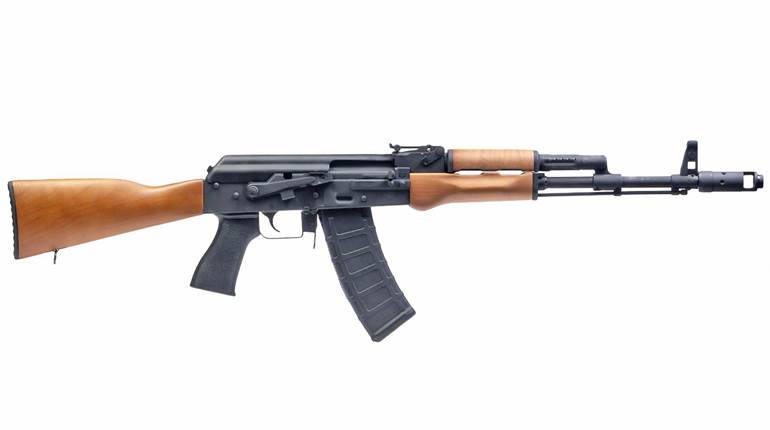
When an emergency suddenly arises, it’s very likely the only gear you'll have immediate access to will be those items already on your person. The situation may allow time to lay hands on preparedness items stored in your home, workplace or vehicle. But in many cases, especially when out and about, what you've got is all you'll get. The equipment tucked away in pockets, purses or sports bags, is commonly referred to as an EDC, or Every Day Carry set.
Selecting which items belong in your EDC is a personal process because each individual's needs and preferences vary so greatly. So, writing up a "10 Things to Carry" list wouldn't be of much use. However, breaking down an EDC into categories can be helpful when making an evaluation of what you do and don't want to pack around during the day. I like to slice the EDC pie with this phrase, "We need a good set of DICE to roll." The acronym DICE stands for Defense, Illumination, Communication and Edge. Here is a closer look at each category:
Defense
Many of us will be blessed to live our entire lives without ever having to face the threat of grievous bodily harm or death at the hands of another human being. Nevertheless, it only makes sense for responsible adults to take thought as to how they can protect themselves from attack. Although useful means of personal protection range anywhere from combat rifles to martial arts, let's focus on the following commonly carried items: 
1. Handguns: Pistols and revolvers represent one of the most powerful, portable, fight-stopping tools available to the average person. Simply stated, nobody wants to get shot. Handguns are the best option for effectively engaging and stopping a threat at distances that prevent an attacker from coming into physical contact with their intended victim. But handguns do have notable limitations. They are heavily regulated. In some states it's very difficult, if not impossible, to obtain a permit to carry one. In states with a more friendly permit process, there will be limitations regarding where a gun can be legally carried. Government buildings, airports, schools, and drinking establishments are usually off limits. Because guns cannot go everywhere, you may not have it when you need it the most. And some situations may not justify the use of lethal force. So having additional defensive options on hand is a good idea. 
2. Pepper Spray: Oleoresin capsicum (OC) is a chemical compound that causes pain, tears and temporary blindness when sprayed into the face of an attacker. It is commonly found in various sizes of pressurized canisters or other devices, like the Personal Security Products Protect-Her spray and the Kimber Pepper Blaster II. Pepper sprays have the advantage of allowing self-defenders to engage threats at a distance (although not as much distance as a handgun).
Sprays can effectively slow or stop an assailant without causing (in most cases) any permanent damage. However, these products will not be effective if the attacker turns away or protects their face from the spray. It's also possible for pepper spray, if fired in windy conditions, to blow away from the attacker or back into the user's face.
3. Stun Guns: These less-lethal devices discharge high-voltage, low-current electrical shocks through metal prongs or spikes to cause momentary paralysis, muscle spasms and pain. Stun guns can be found in all shapes and sizes, some of which are disguised as other ordinary items such as cell phones and flashlights. Like other electronic technologies, stun guns have been steadily improving over the years. Some models are now capable of disabling a grown man for 20 to 30 minutes, usually without long term detrimental effects. The down side to stun guns is that they rely on physical contact with the assailant. Unless the device is attached to some sort of extended handle, the user must move within arm’s reach of their attacker, press the discharge points against bare skin (or through clothing), activate the device and then keep it in place until the attacker is disabled. The device also needs to be kept fully charged in order to work properly.
4. Knives: Among the most commonly carried every-day tools in the world, fixed blade and folding knives are light weight, reliable, inexpensive and useful for multiple tasks. In a self-defense situation, pulling a knife sends an unmistakable message to an attacker that you want to be left alone. It's a common practice among military and law enforcement personnel to carry sturdy tactical knives as back-ups to their firearms. 
But generally speaking, knives should be treated as a last-ditch defensive option. They are slow fight stoppers that may require the user to come into physical contact with an assailant repeatedly before the threat is neutralized. Law enforcement (and juries) often frown on knife fighting because edged weapons have a reputation of being a preferred weapon among criminals. If you choose to rely on a tactical knife to some degree for personal protection, be sure to learn how to use it. Brian Hoffner, a self-defense instructor with over 30 years of military and police experience, has developed a practical knife training system which is available for download or on DVD.
Each of these defensive items has its distinct advantages and disadvantages to take into consideration. Since no single device can fill every roll, it's a good idea to layer your defense plan by carrying more than one. Whichever defensive systems you choose to carry, make sure you seek out professional training and advice to understand how they work and when they can be used. Before carrying anything that legally qualifies as a weapon, ensure that you have a clear understanding of the laws and regulations in your neck of the woods.
Illumination 
Thanks to advances in LED and battery technology, it's easy to find handheld flashlights that are small, powerful and affordable. Flashlights are handy in just about any low light situation. They also provide important advantages in defensive situations, such as defying a threat and temporarily blinding attackers while you move to safety. Attaching a weapon-mounted light to a concealed-carry handgun or clipping a keychain light to car keys provides additional illumination sources without adding much bulk or weight to your EDC.
Communication
Cell phones in all of their various forms are now as common as blue jeans and T-shirts, making it possible to summon law enforcement or contact loved ones instantly, night or day. But just like a defensive handgun, communication technology is not of much use if you don't have it with you or it's not in good working order. Are you keeping it charged? Do you have the means to recharge it when away from home (car charger, portable power supply)? Is emergency contact information programmed into it? What if you are outside of your coverage area, or your phone has been lost, stolen or broken? Two low-tech options can come in handy. Print up a card with important contact numbers that fits into a wallet or purse. Not only will it give you the numbers you need when using a borrowed phone, it will provide rescue workers valuable contact information if you are injured or unconscious. If you are going to spend time with family or friends in the great outdoors, where cell phones don't work, invest in a set of walkie talkies to stay in touch on the trail.
Edge
This last category is wide open to individual interpretation. It's inspired by a quote from John Steinbeck, who said, “If you find yourself in a fair fight, your tactics suck.” What is it that will give you an edge when tackling an unavoidable problem or emergency? Luckily, we live in a time when the market is ripe with tools and devices that are both easy to carry and can fill multiple roles. The Personal Security Products Hike‘n Strike is a telescoping walking stick that also ![]() contains a flashlight and a stun gun. Multi-tools, like a Swiss Army knife, Leatherman, or BLACKHAWK! Hawkhook provide a variety of useful implements and can be used as blunt force instruments in a pinch. The Powerocks Flash Magicstick is a phone charger that also contains a flashlight. A tactical pen will add yet another defensive tool to your carry set. So take some time to explore your options and see which DICE will make your EDC roll more smoothly.
contains a flashlight and a stun gun. Multi-tools, like a Swiss Army knife, Leatherman, or BLACKHAWK! Hawkhook provide a variety of useful implements and can be used as blunt force instruments in a pinch. The Powerocks Flash Magicstick is a phone charger that also contains a flashlight. A tactical pen will add yet another defensive tool to your carry set. So take some time to explore your options and see which DICE will make your EDC roll more smoothly.















